This tobacco trend is toxic for teens
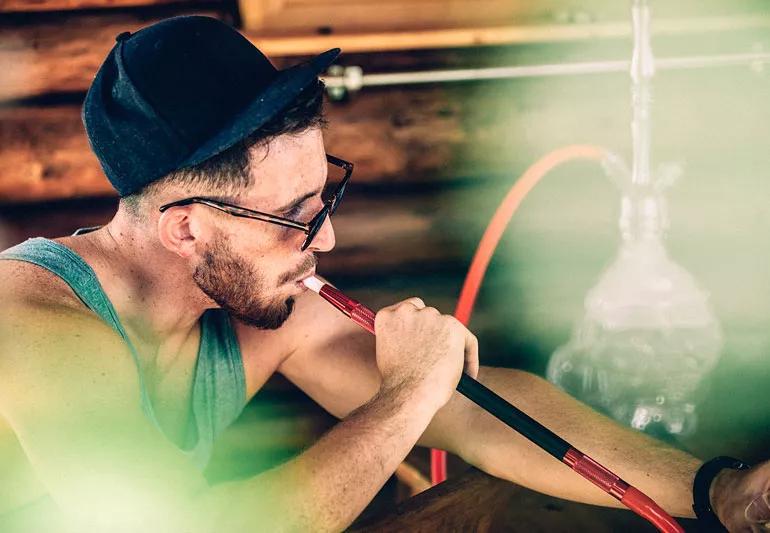
Smoking hookah may look glamorous to some, but it’s every bit as addictive as cigarette smoking — and maybe more harmful. But that hasn’t stopped this ancient pastime from seeing a revival among high school and college students.
Advertisement
Cleveland Clinic is a non-profit academic medical center. Advertising on our site helps support our mission. We do not endorse non-Cleveland Clinic products or services. Policy
Hookahs are water pipes resembling slender metal vases. Charcoal is used to heat a sweet, sticky tobacco, producing smoke that is filtered through cooled water. The smoke is inhaled through a flexible hose that is passed from one user to the next. Hookahs come in a wide range of sizes and it’s easy to hide small, 8-inch-tall models in dorm rooms, cars and bathrooms.
Adolescent medicine specialist Ellen Rome, MD, MPH, offers three reasons why smoking a hookah is harmful and how to raise the discussion with your teen.
Young people may be attracted to the social nature of hookah smoking and to flavors that range from cappuccino to watermelon. However, hookah smokers may share more than just tobacco.
“What teens may not realize is that the risks that come with sharing a hookah range from mono, colds, strep and now potentially COVID-19,” says Dr. Rome. “These risks are amplified by the close proximity of those sharing the hookah and by coughing in each other’s faces with use.”
Herpes, which causes lip/mouth cold sores, and H. pylori, the most common cause of stomach ulcers, can also be passed via the shared mouthpiece.
“In other countries, tuberculosis can be transmitted when hookah smokers cough in each other’s faces and can be cultivated from the hookah water,” says Dr. Rome. “Today, we worry more about spread of COVID-19.”
Advertisement
Besides the regular carcinogens from smoking, the flavorings are often oil-based, and oil is incredibly inflammatory and damaging to small airways in the lungs. Heating elements that have metal coils can also release heavy metal ions that also are inflammatory in lungs, causing damage that can result in substantial harm. Smoking a hookah can lower your lung’s immunity and potentially increase your risk for the coronavirus. (Besides the fact that teens usually smoke in groups, meaning they’re not social distancing!)
Aside from the risk of infection, smoke from the hookah contains the same cancer-causing chemicals as cigars and cigarettes. Hookah smokers also inhale carbon monoxide, heavy metals and other toxic compounds given off by the burning charcoal. Smoking in a group setting creates significant secondhand smoke — especially in hookah cafes.
“Hookah is not a safe alternative to smoking cigarettes,” says Dr. Rome. “A typical one-hour session involves inhaling 100 to 200 times the volume of smoke inhaled from a single cigarette.”
According to a study done on the effects of hookah smoking, plasma nicotine levels were found to be increased in hookah users and the levels were much higher compared to cigarette users.
The risks don’t just stop there.
The CDC reports that tobacco juices from hookahs irritate the mouth and increase the risk of developing oral cancers and gum disease.
The risks of addiction can’t be downplayed. Hookah smokers typically smoke longer and more often, take more puffs and inhale more deeply than cigarette smokers. They absorb more nicotine in higher concentrations because of the way the smoke is cooled.
Moreover, it’s been shown that heavy hookah smoking has been associated with ischemic heart disease, heart failure and coronary artery disease development.
From dental diseases to cardiovascular problems, understanding the harmful effects of smoking hookah are the first steps you can take to start the discussion with your teen.
A positive, problem-solving approach works best.
“Discuss with your teen what they get out of hookah smoking — and what they could do instead that would be safer,” says Dr. Rome. “Let them come up with alternative ideas for safer fun.”
If your teen is looking for closeness with friends, suggest alternatives like preparing dinner for friends outside at home or group outings like a bike ride or socially distant picnic.
Dr. Rome offers these do’s and don’ts:
Advertisement
Advertisement
Learn more about our editorial process.
Advertisement
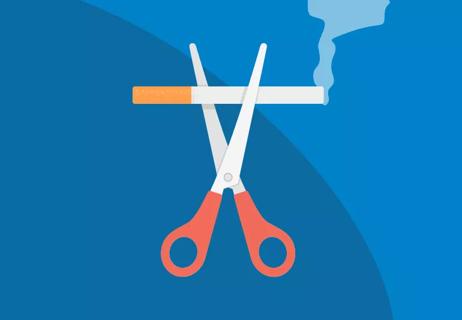
Health benefits start within 20 minutes and continue to grow for years after
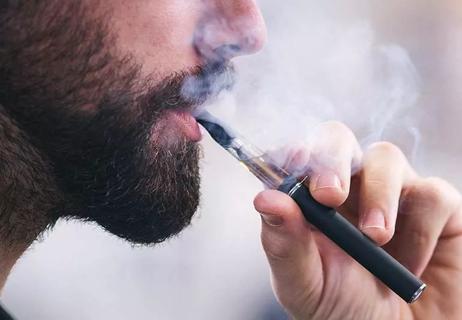
Each comes with substantial health risks and should be avoided
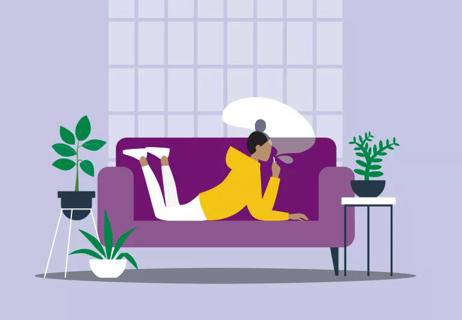
Toxic chemicals stay on surfaces long after smoke clears
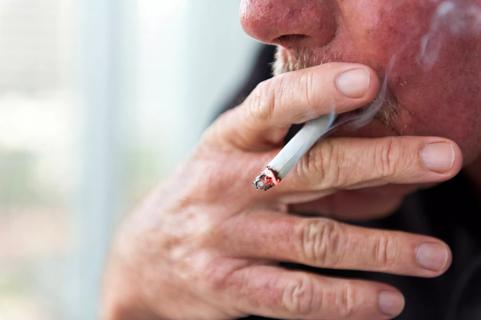
Short-term relief from nicotine brings long-term problems

Gets the facts about what smoking does to your voice

Smoking has health consequences whether you smoke a little or a lot
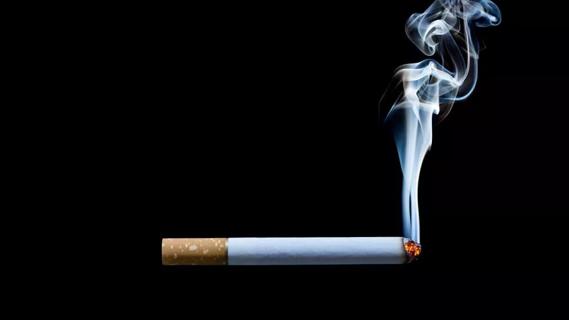
Even only a couple cigarettes a day can lead to potentially deadly lung diseases like COPD and emphysema
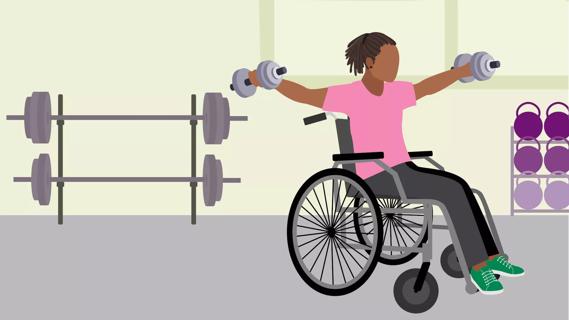
Resolve to move a little more, drink a little less, eat a little healthier, sleep a little better and destress a lot
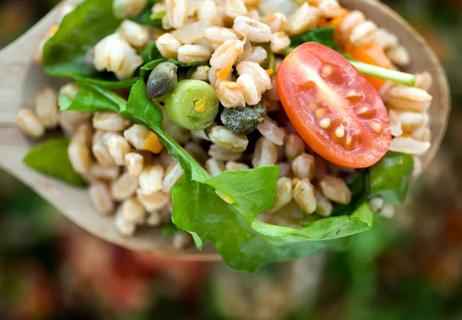
Type 2 diabetes isn’t inevitable with these dietary changes

Applying a hot or cold compress can help with pain